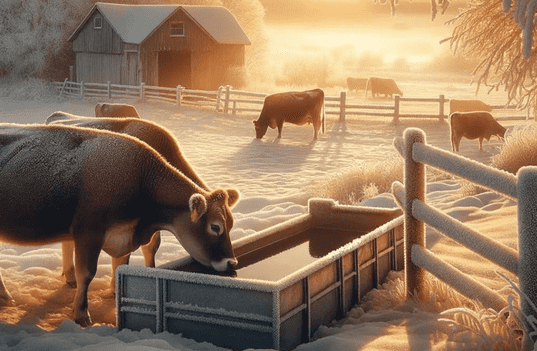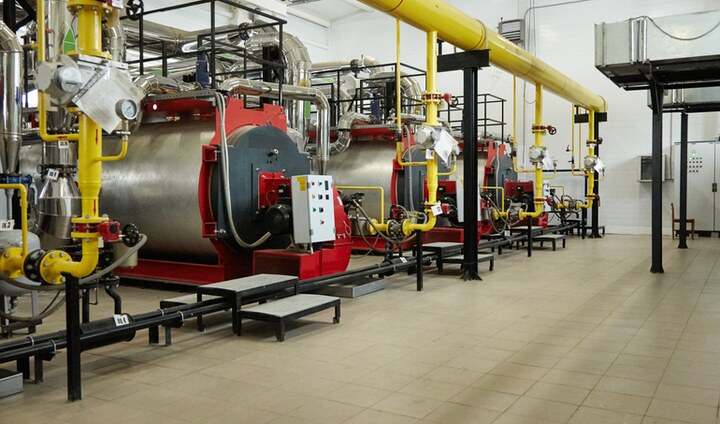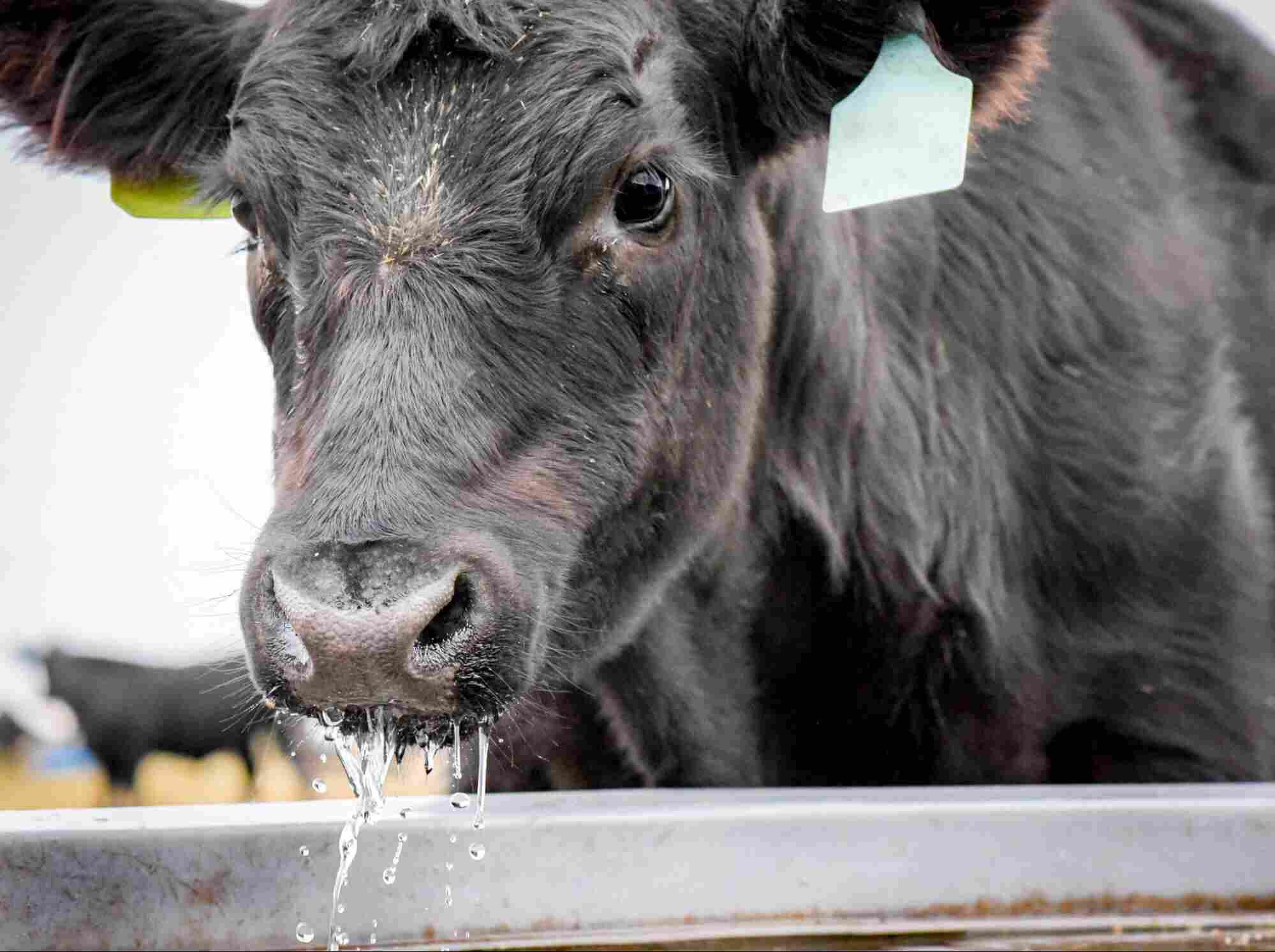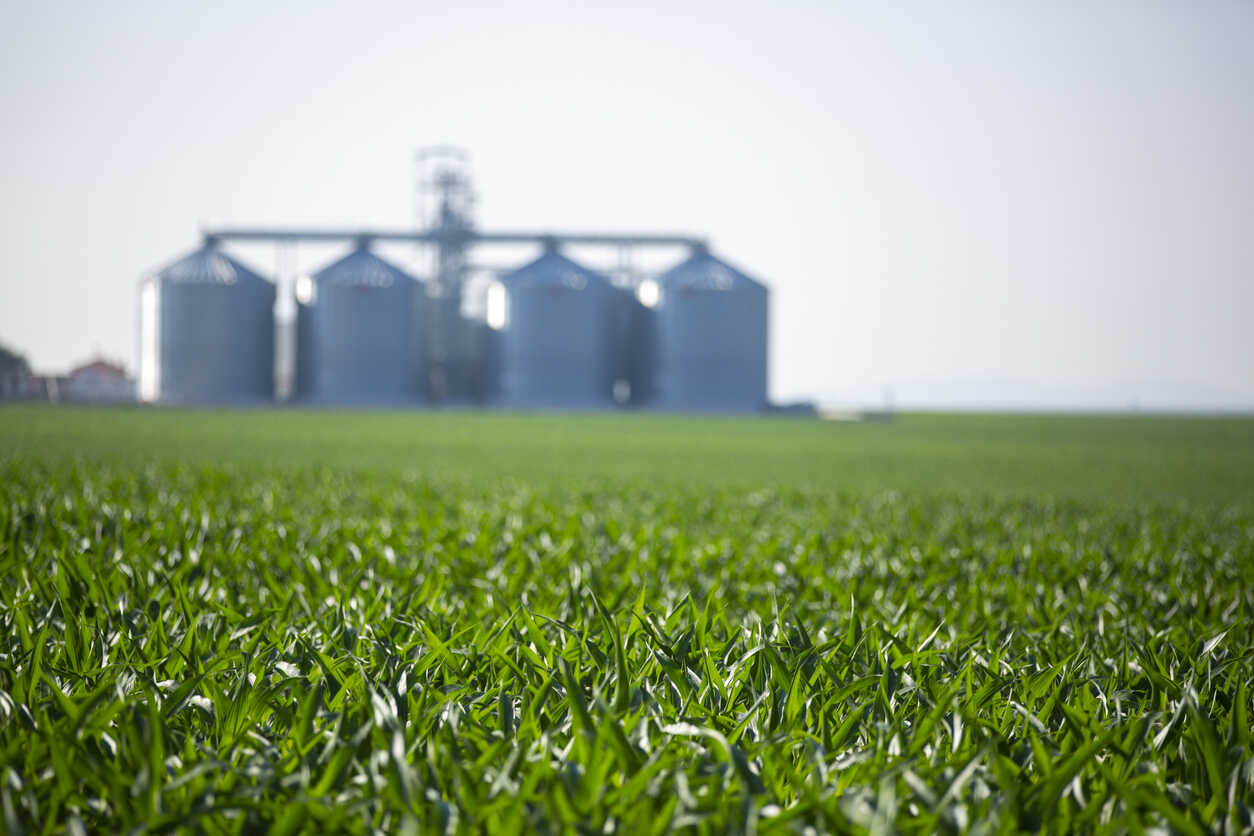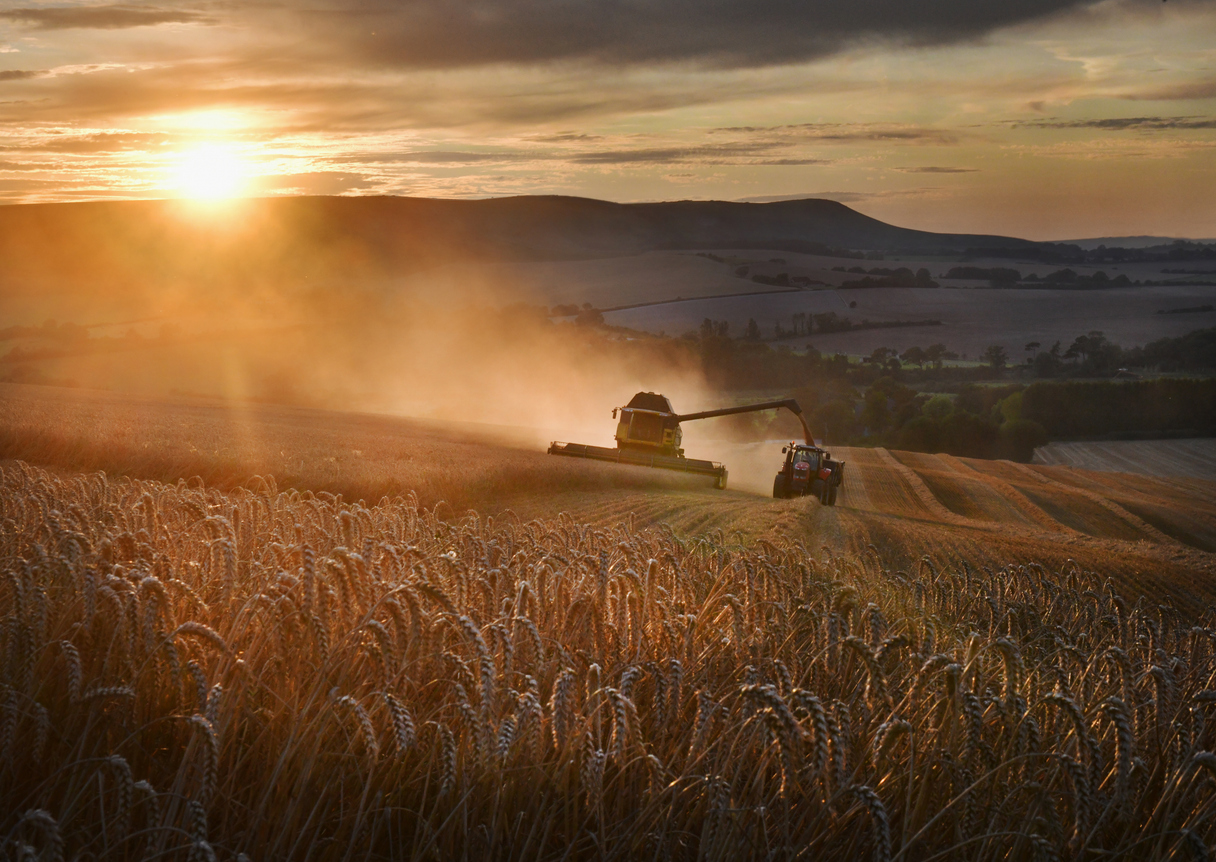When the sun’s high and the days are long, farm work doesn’t let up. Summer is peak production season, and downtime isn’t something most Alberta farmers can afford. But every year, someone’s rig shuts down mid-job. A bin fan quits. A pump loses power. And more often than not, it’s the electrical system causing the hold-up.
From lightning strikes to worn-out panels, summer brings its own set of electrical headaches. Here’s a straightforward guide to help you troubleshoot the most common problems before they cost you more time and money.
Why Do Power Outages Happen More in Summer?
Most farmers expect the occasional outage, but during summer, everything is more vulnerable. Lightning storms are the number one culprit. A close strike can surge through your lines and knock out panels, motors, or sensitive equipment without warning. Even if the lightning doesn’t hit directly, voltage spikes can ripple through your system and trip breakers or fry components.
The solution starts with prevention. Surge protection and proper grounding can save you thousands in equipment repairs. Ensure your system is properly bonded and that surge protectors are installed where necessary. If you’re unsure what’s protected and what isn’t, it’s time to have your setup reviewed by someone who understands farm electrical maintenance.
Why Does Equipment Shut Down When You Need It Most?
It always seems to happen when the sprayer’s loaded or the bins are near full. Equipment shuts down mid-use, right when you need it most. Overheating motors, tripped breakers, or wiring that’s seen better days often go unnoticed until they finally give out.
Summer heat makes everything work harder. Fans, pumps, augers, and aeration systems run longer and draw more current. If your panel is already maxed out or your wiring isn’t up to today’s demand, things will fail under pressure.
Routine farm electrical maintenance is key. Checking connections, replacing worn wiring, and staying on top of load requirements keep things running when you need them most. Having automation in place to alert you when systems go down can save an entire day’s worth of production.
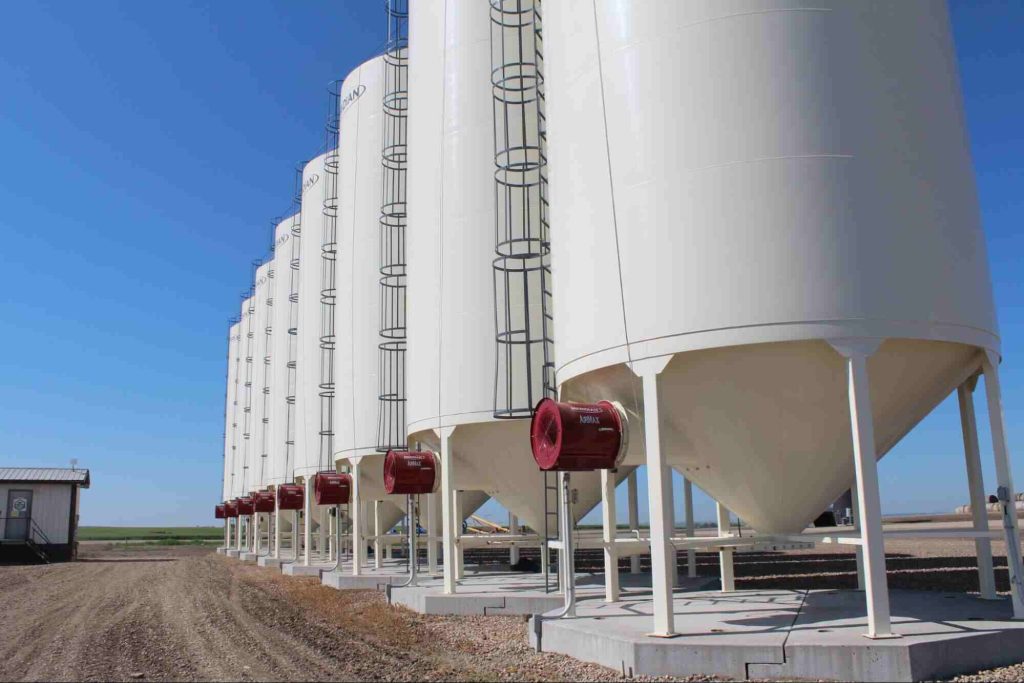
What Can You Do When Help Is Hours Away?
Living in rural areas has its advantages, but fast access to technical help isn’t one of them. When something critical stops working, waiting half a day or more for a tech to arrive can set you back more than you can afford during harvest or seeding.
That’s why preventative planning matters. Having basic diagnostic tools on hand, knowing how to reset equipment safely, and understanding how your panels are laid out can help you get back up and running temporarily while you wait for repairs. More importantly, building a relationship with a company that understands agriculture and offers real-time remote support or automation solutions is a game-changer.
Farm electrical maintenance isn’t just about repairs. It’s about building a system that helps you respond quickly when something goes down.
Are High Repair Costs Preventable?
The short answer is yes. Most of the major repairs we see in summer could have been avoided with regular inspection and upkeep. Issues such as corrosion in control panels, loose terminals, overheated VFDs, and undersized wiring all contribute to larger failures down the line.
Conducting an annual walk-through with a trained electrician, especially before peak season, can help identify most of these problems early. Smart monitoring systems that alert you to voltage drops or heat buildup provide an additional layer of protection. These tools allow you to address a minor issue before it escalates into a system-wide outage.
Staying on top of farm electrical maintenance helps avoid costly downtime and keeps your operation moving when time is tight.
How Can Automation Help with Farm Electrical Maintenance?
Automation isn’t just about convenience. It’s about awareness. A smart system can send you alerts when voltage drops, when a motor isn’t drawing power, or when a fan suddenly shuts off. These insights enable you to respond more quickly and prevent damage before it spreads.
You don’t have to automate your entire farm overnight. Start small. Automate a key system, such as irrigation or grain handling, and then build upon that foundation. The goal is to give you control when you’re busy and support when you’re stretched thin.
Farm electrical maintenance gets easier when you have systems that work with you, not just for you.
Why Current Group Is the Right Choice for Alberta Farms
Current Group doesn’t just wire buildings. We understand what it means when your feed system stops at 7 PM or your grain dryer fails right before a storm rolls in. Our team has worked alongside Alberta farmers for years. We build systems that last, and we design with the realities of rural operations in mind.
Whether you need help troubleshooting, want to build a better maintenance routine, or are ready to bring automation into your daily operation, we’re here to help.
Contact Current Group today and safeguard your farm against costly electrical failures before they occur.


